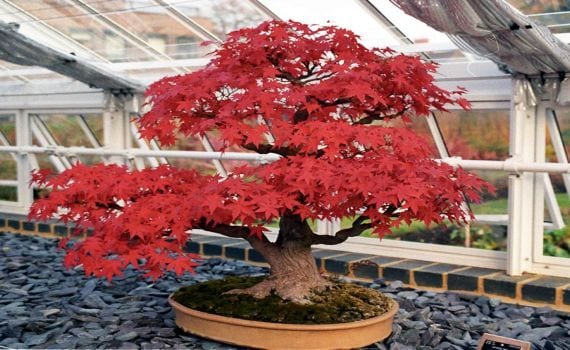
Nature makes plants take surprising shapes. In the bonsai art it is always tried imitate them, with the maximum possible realism, naturally, since once a branch is too forced, the image changes radically.
There are several styles recognized and taught by the masters of this ancient art. We will talk about the most common and easy to get by beginners, by those who have just started in this world.
But, before talking about styles, one very important thing should be remembered: we will not be able to work on the style of our tree unless it is prepared for it. I mean: we will need the future bonsai to have a trunk thickness of at least one or two centimeters thick, and an approximate height of about fifty centimeters. Why? The explanation is simple: a branch that is too thin will be fragile, and when it comes to wiring it it can easily break; the same would happen with the trunk. And if we want to give it a style of, for example, semi-cascade, the trunk has to measure enough so that we can tilt it as we need to adjust it to the design we have chosen.
Once we have our plant, the question arises: what style do I give it? There are several, and it is important that we choose well. Here are some of the most used:
- Broom style o hokidachi: straight trunk, dense ball-shaped branching.
- Formal vertical style or chokka: the trunk, which must be straight, must be wider at the bottom than at the top. The first branches will come out to a quarter of the height of the trunk. An upper branch should form the apex.
- Casual upright style or moyogi: similar to the formal vertical, with the difference that the trunk must meander.
- Slanted style or shakkan: it has to grow at an angle of sixty or eighty degrees to the ground. The trunk must be wider at the base, and the roots must be denser on the side where the tree leans than on the other.
- Semi-waterfall style or han kengai: the trunk grows a little upwards, and then bends downwards. The apex grows above the pot, and the rest lower.

Should not force to the tree, that is, we will not give it a semi-cascade style when it is growing more in formal vertical style. It can be done, of course, but the work will take longer. A well-made bonsai is one that really imitates nature, and that makes us imagine ourselves in it.
More information - General bonsai care
Image - parentesys, Japan Realm